A full-blown war erupted in the South Caucasus last Sunday, September 27, and as the two belligerents — Armenia and Azerbaijan — mobilize their forces under martial law, no international authority is trying in earnest to stop the hostilities. The conflict over the disputed Nagorno-Karabakh region ignited 30 years ago as the Soviet Union was collapsing and has never effectively “frozen.” The cease-fire Russia negotiated in May 1994 was not backed by a peacekeeping operation, and clashes have kept occurring, most notably in April 2016.
Amidst propaganda salvos on both sides, it’s worth exploring: Why is the flare-up occurring now? What are the new features? And what might be next? The answers are only tentative, but they may help in lifting the fog of mutual accusations and misleading reporting.
Timing the offensive to minimize attention
This is actually the second spasm of escalation this year in the deadlocked conflict, but the artillery exchanges in a particular spot on the Armenian-Azerbaijani border were most probably caused by an incidental incursion by a small Azeri patrol. That accidental clash that resulted has, nevertheless, given Azerbaijan important information about Armenia’s preparedness and the level and type of international responses, and helped Baku in timing the long-planned offensive. Armenian leadership in Yerevan was hardly taken by surprise, but Russia — the key external power in the region — quite obviously was.
Since the “Velvet Revolution” in Armenia in spring 2018, Moscow has become inattentive to and suspicious about its most reliable ally in the conflict-rich Caucasus. The Kremlin strongly disapproves of mass uprisings that threaten to overthrow autocratic regimes, and since early August it has had the turmoil in Belarus to deal with. Fraudulent elections have destroyed what public support Belarusian President Alexander Lukashenko had, and even the most brutal application of police power cannot stop mass rallies, in which incredibly courageous women have taken the lead.
Ilham Aliyev — the hereditary president of Azerbaijan, who hates street protests as much as any other dictator — figured out that Vladimir Putin would be preoccupied with the dilemma of rescuing or replacing Lukashenko. He also expected that the Velvet Revolution would make the inexperienced Armenian leaders more flexible in accepting a compromise, and was bitterly disappointed when Nikol Pashinyan declared back in February: “Karabakh is Armenia, that’s it.” It also looked very probable that the severe COVID-19 outbreak in Armenia (which has more infections per capita than Spain) would amplify the usual post-revolutionary disillusionment, but the government has actually managed to retain the trust of the Armenian people. After the July armed clashes, Aliyev fired his long-serving foreign minister, Elmar Mamedyarov, describing his search for peaceful solutions with Armenia as “meaningless” and set the course on scoring a military victory.
Making a better war
Azerbaijan has been preparing for a new war, meticulously investing plenty of its petro-revenues into equipping its armed forces with modern weapons, including strike drones. Armenia is entirely dependent on Russia’s “generosity” in selling armaments and cannot count, from previous experiences, on an expansion of direct support in an emergency situation. The military balance is seriously tilted in Azerbaijan’s favor, but Armenian experts assumed that fortified defensive positions would hold against artillery barrages and tank assaults. What makes this offensive hard to resist is the massive use of firepower for supporting coordinated attacks in all key strategic directions, and for hitting targets inside Armenia’s territory.
What has made an even greater difference is the strong backing from Turkey to Azerbaijan’s resolute move. Ankara expressed full solidarity with Baku during the July spasm of hostilities, and now it has taken this engagement to a new level. President Recep Tayyip Erdoğan called Armenia the main threat to peace in the region and demanded in no uncertain terms a full withdrawal of Armenian forces from Nagorno-Karabakh. The support for “brothers in Azerbaijan” is not merely rhetorical: In August, the two states held joint military exercises, and now the reports about strikes by Turkish drones, intercepts by Turkish fighters, and the arrival of mercenaries from Turkish-controlled northern Syria look disturbingly plausible.
Russia has been taken aback by this forceful interference and cannot find a convincing response. Moscow had grown accustomed to playing the role of an influential mediator between Armenia (which formally is an ally) and Azerbaijan (which is not), but Turkey’s stance has made this equidistancing quite meaningless. Back in July, President Vladimir Putin had few problems discussing this conflict with Erdoğan, but now he remains reluctant to make a call. He used to believe that the export of natural gas gives Russia leverage, but recent data shows that Turkey has curtailed this import by more than 40% this year.
The Kremlin has issued some unconvincing appeals for cessation of fighting and Foreign Minister Sergei Lavrov expressed concern over the escalation, but nothing resembling a meaningful initiative appears to be in the making. The sad irony of the situation is that just a week ago, Putin observed the final stage of the strategic exercises “Caucasus-2020,” which were supposed to demonstrate Russia’s military dominance over the region. Missiles from the Caspian flotilla apparently cannot dissuade Azerbaijan from proceeding with its offensive, and air-lifting military supplies to Armenia would raise tensions with Turkey (which might resonate in Syria, where Russia — after five years of combat operations — is not ready for a new outbreak of hostilities).
Can war give peace a chance?
Russian experts forecast that after a few days of high-intensity fighting, the hostilities would exhaust themselves and degenerate to the familiar deadlock, which suits Moscow just fine. Russia’s inefficacy in managing this crisis only reveals the fact that the long-established international frameworks, like the Minsk group, have become entirely useless. The U.S. disengagement is particularly unfortunate, but hardly reversible, if only because China is not present prominently in the Caucasus to attract attention in Washington. The last time the U.S. attempted to resolve this conflict was in April 2001, when President George W. Bush brought Armenian and Azerbaijani leaders to Key West, Florida and didn’t quite succeed in convincing them to make a deal. President Barack Obama explored in 2010 an option for reconciliation between Armenia and Turkey, and also arrived nowhere.
The European Union has never attempted to follow up, while including both states in its Eastern Partnership initiative. The EU is so divided over dealing with Turkey that it was unable to approve a resolution on Belarus because Cyprus refused to sign unless a resolution on the crisis in the Eastern Mediterranean were approved simultaneously, which proved to be impossible. It is this paralysis that emboldens Erdoğan to make a sequence of aggressive foreign policy moves. Granting unequivocal support to Azerbaijan, the Turkish leader may have picked one fight too many: He is committed to backing the government in Tripoli, Libya and rebels in Syria’s Idlib province; he stands with Qatar in the quarrel with Saudi Arabia and with the Palestinians in the hopeless antagonism with Israel; he confronts Greece in the Eastern Mediterranean and has boldly offended India with remarks on Kashmir.
Counting on Turkish solidarity and Russia’s passivity, Aliyev has launched a war effort of such intensity that capturing a few villages would not suffice for proclaiming a victory. Armenia can rely only on its own capacity for mobilizing public determination and defending against heavy odds, and having a government with a strong base established by a peaceful democratic revolution might help. The test of wills between a well-armed autocracy and a resilient democracy can hardly result in a return to the status quo ante.
The war could expand in scale and continue for weeks rather than days — but there may be hope in this tragedy. If both sides suffer heavy casualties and reach the point of exhaustion, they could discover incentives for a real peace settlement. External parties could facilitate (or manipulate) the search for compromises, but it is up to Armenia and Azerbaijan to overcome the deadlock of mutual hostility. Accepting the neighbor as a difficult partner — but not an eternal enemy — involves a hard reconfiguration of a country’s own identity, but war is indeed a violent teacher.
The Brookings Institution is committed to quality, independence, and impact.
We are supported by a diverse array of funders. In line with our values and policies, each Brookings publication represents the sole views of its author(s).

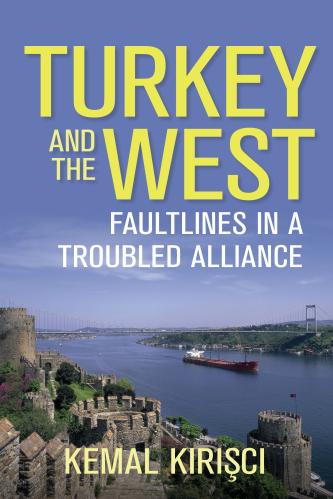
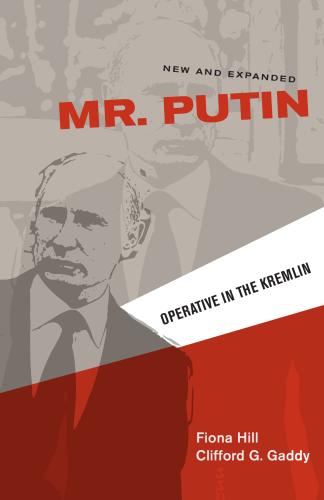
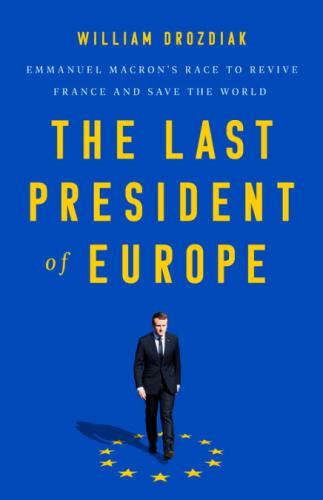
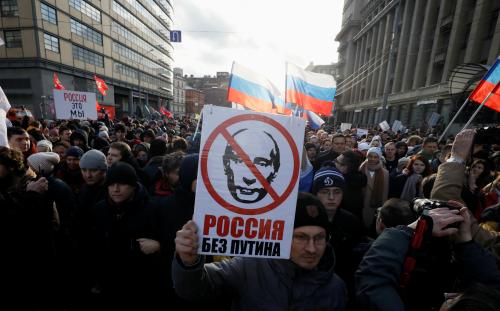
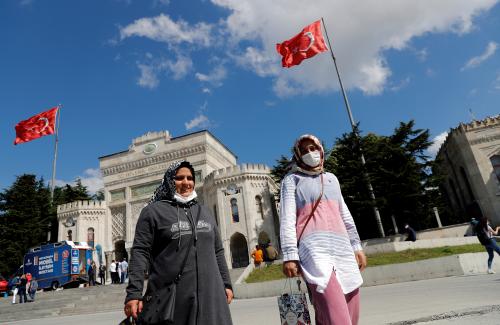
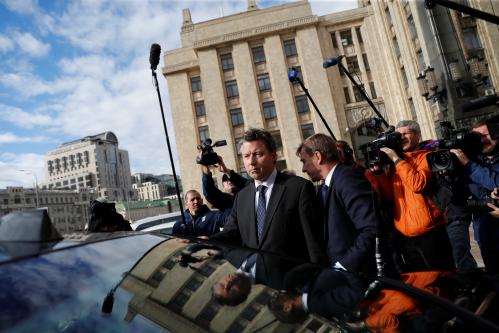




Commentary
No peacemakers for the new/old Caucasian war
Understanding the Armenia-Azerbaijan clash
September 30, 2020